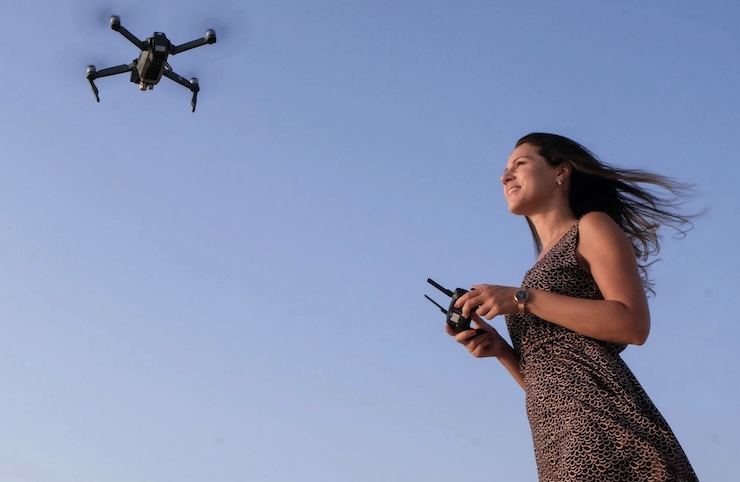Schools In Omaha Nebraska Teaching Drone Course During Summer Programs

When today’s students grow up, they will tell their children that when they went to school, things were so much harder. And these children will not be able to roll their eyes and think their parents are just exaggerating. No, today’s students didn’t have to walk 5 miles up a hill, in a snowstorm to get to school. They had real issues to face.
Starting in the spring of 2019 and carrying over into 2020-2021 was one of the most challenging school periods in history. Schools around the world were forced to close their doors to students to protect them from the global pandemic, COVID-19. Luckily, the technology allowing students to learn remotely exists so some semblance of education could continue. For many schools, though they offered virtual lessons and partial in-person lessons, there were still major gaps in what is needed to prepare students for their continuing education. In response to this, many schools in the United States have opted to extend school into the summer months to make up for what was missed during the height of the pandemic.
Schools cannot make summer school mandatory across the board, but will make it available to those families who want the extra enrichment. The US Department of Education estimates that the number of students who will take up this opportunity will far exceed the 3.3 million students who attended summer school programs in 2019. For some people, like Aja Purnell-Mitchell’s 3 teenagers, who are all vaccinated against COVID-19, they wanted to go back to school during summer break. The driving force was “Getting them back into it, helping them socialize back with their friends, maybe meet some new people, and, of course, pick up the things that they lacked on Zoom,” Aja said about her children returning to Durham County, North Carolina school district.
Still, it is summer break, a year in which so many families could certainly use a break. The question for many schools with summer programs is what to offer that would positively engage students while they would normally be on vacation. For Omaha Public Schools (OPS) in Nebraska, teachers have turned to drones and other unique teaching mediums to encourage kids to enroll in the summer program. With over 52,000 students in more than 80 school buildings, OPS is the largest school district in Nebraska. When OPS announced the summer program, called Next Level Learning, nearly 8,600 elementary students signed up. Unfortunately, the school had to scale that number back to 2,160 students within 12 sites due to staffing issues.
Kids at OPS are working on a STEAM based curriculum to help fill in the gaps from virtual learning environments. Learning about parallel lines, kids had the opportunity to create chalk stained-glass murals. Students were given Rubix Cubes and use math equations and logical thinking to build a portrait of baseball legend Jackie Robinson. For science and technology, students were given drone kits, a teaching tool that is quickly becoming popular in schools. With these kits, students get to learn engineering and coding principles without even realizing it.
The best part of learning about drones is that drones are becoming fundamentally important for the global economy. When students are introduced to drone technology at a young age, they are being set up to enter a productive field of higher education or employment. But as Cara Travis pointed out, the best part of learning with drones is getting to fly them. “I would probably say I’m the best person in my class,” Cara boasted, not even realizing just how impactful knowing how to operate a drone could be on her future. In the fall, Cara will enter the 8th grade at McMillan Magnet Middle School. When her mother first enrolled her in the OPS Next Level Learning program, she was reluctant. But, being able to interact with drones and other “outside the box” teaching tools quickly changed her perspective. “I’m enjoying it,” said Cara. It’s fun. I get to be social and there’s lots of cool activities for us to do.”
|